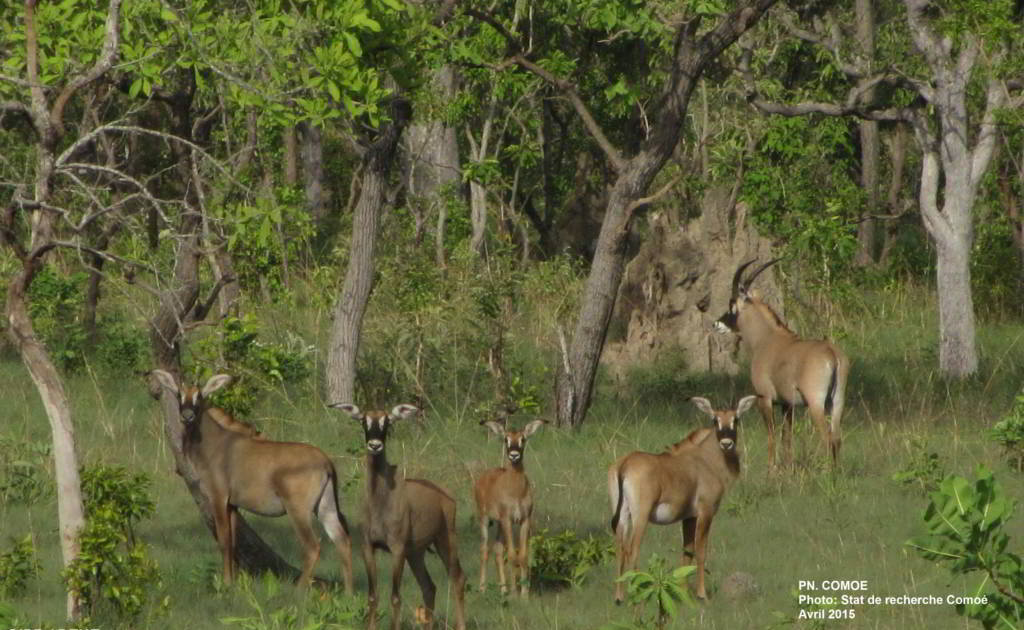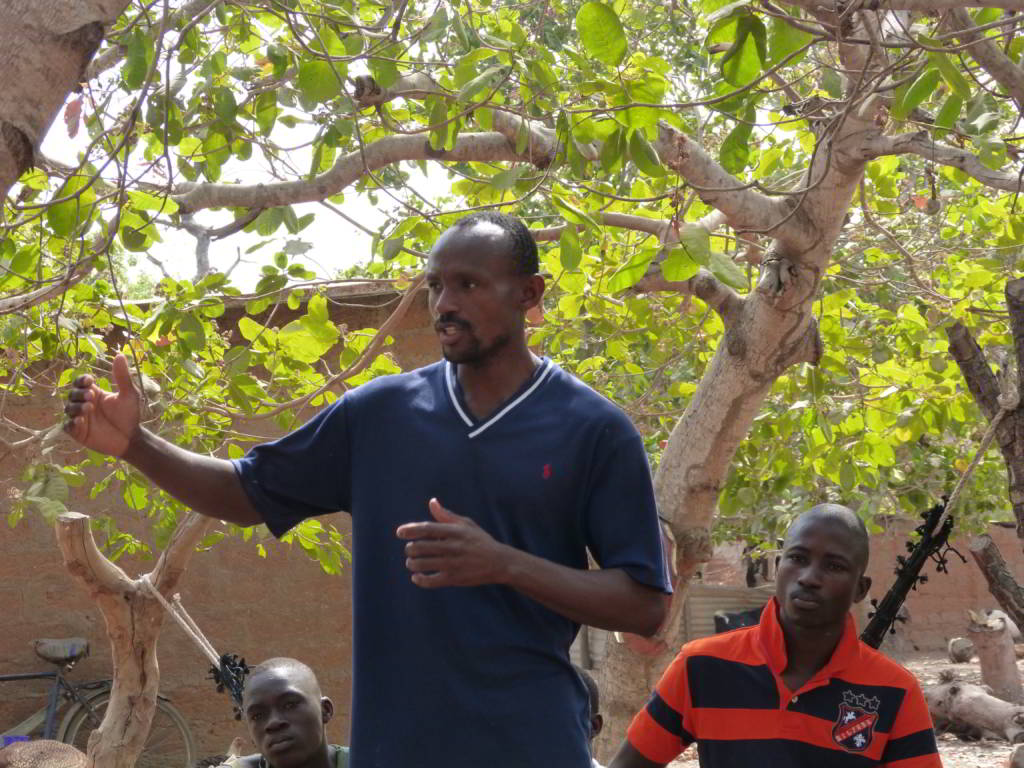UNESCO Removes Comoé National Park From List of Heritage Sites in Danger
Filling the German-Ivorian cooperation with pride, the World Heritage Committee took the Ivoirian park from the “red” list of endangered world heritage sites. The decision was based on the analysis and the conclusions of the World Heritage Centre and IUCN as an official advisory body to the Committee. It reflects well on the dedication of the Ivorian Protected Areas Authority (OIPR) and progress achieved also with the support provided by the Program “Development of the Taï and Comoé nature conservation and economic areas” (PROFIAB).

© Comoé Research Station (2015): Roan Antelopes in the Comoé NP
The Comoé National Park in the northeast of Côte d’Ivoire, listed as UNESCO World Heritage site and biosphere reserve, is located between the Sudanian Savanna and the forest formations of the Guinean field. The reserve comprises the highest density of hoofed species per unit area worldwide. The park was heavily affected by the armed conflict of 2002. With 4/5 of its surface located in the rebellion zone, its access and control were difficult and risky for years. This resulted in an advanced degradation of natural resources and the present infrastructure as well as an intensification of poaching. This is why, in 2003, the property was classified World Heritage Site in Danger by UNESCO.

© giz Côte d’Ivoire (2016): Training of cashew farmers in the peripheral zone of Comoé NP
Capacity building has focused on site management and development of a peripheral zone
Since 2015, German Development Cooperation has been contributing to the conservation and the management of Comoé National Park via the GIZ project PROFIAB. On behalf of the German Federal Ministry for Economic Cooperation and Development (BMZ), PROFIAB works on strengthening the capacities of the Ivoirian Protected Areas Authority (OIPR). In this context, the management staff and park rangers were trained and equipped to use the innovative SMART tool for a general survey with spatial data reporting of anti-poaching activities.
Furthermore, an ecological survey strategy was elaborated and is being implemented. A particular emphasis has been put on the acquisition and interpretation of up-to-date high-resolution satellite images and the training of management staff in remote sensing tools in order to track the dynamics of legal and illegal soil occupation and for fire monitoring. In addition, an aerial inventory of large and medium scale terrestrial fauna, preceded by an intense training of OIPR agents in aerial wildlife count, was undertaken in 2016.
Today, the site is managed based on a management and a business plan. The GIZ project has a holistic approach and focusses on the involvement of the local population in the site management and on the development of sustainable cashew and vegetable value chains in the park’s peripheral zone. Additionally, there is close cooperation with KfW, who have contributed to the establishment of a sustainable financing mechanism and since 2017 have been financing a complementary project of the Ivorian Protected Areas Authority in order to run investment measures in and outside the property.
Contact
Program Development of the Tai and Comoé nature conservation and economic areas (PROFIAB)
Hans-Ulrich Caspary
hans-ulrich.caspary@giz.de

